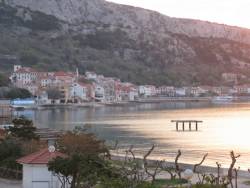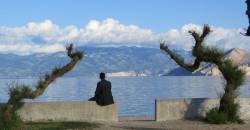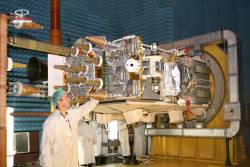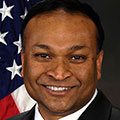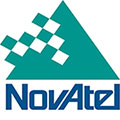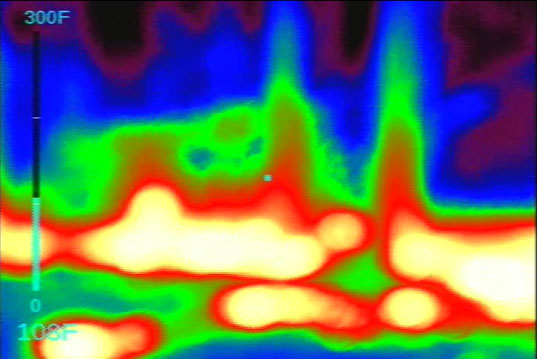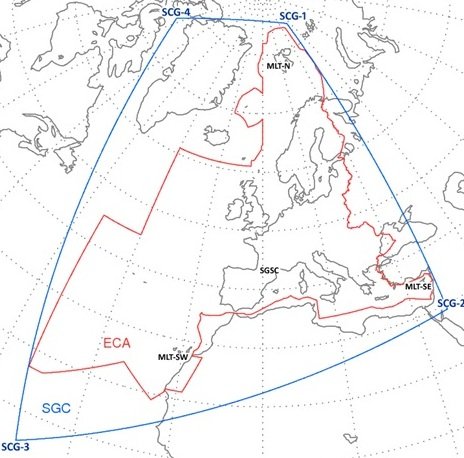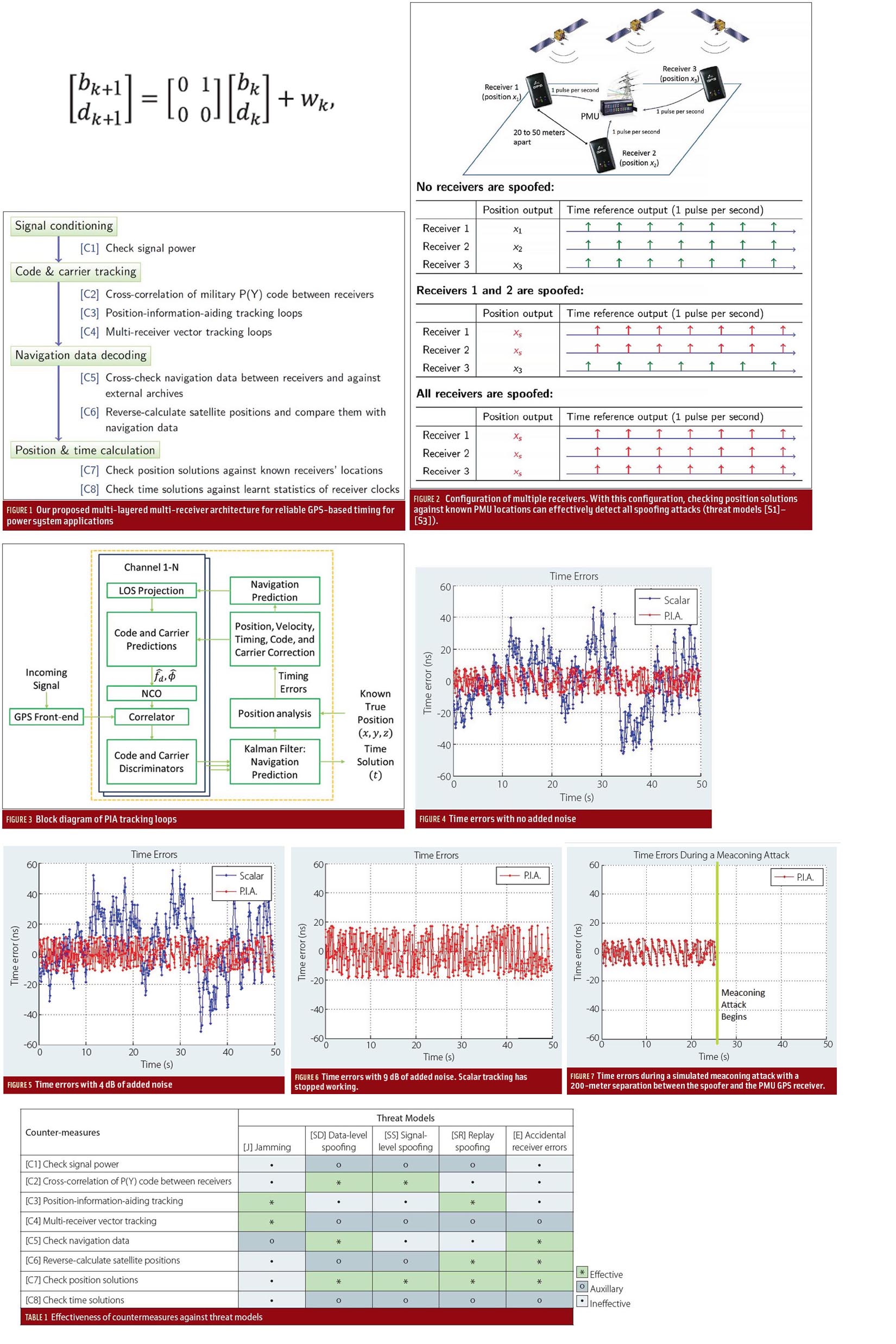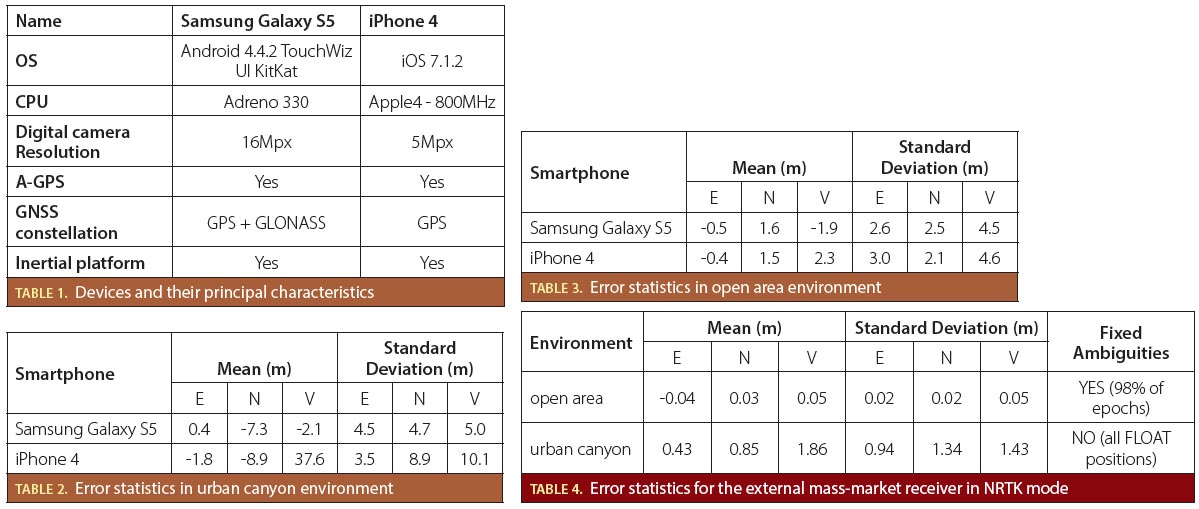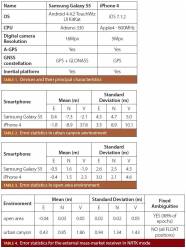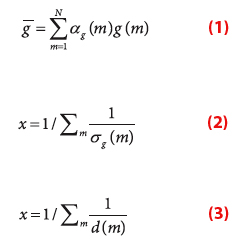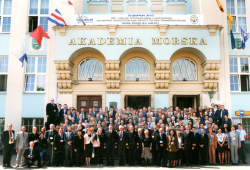Saudi Group Awards Water Resources Prize to GNSS Researchers

The GPS Reflections Group at the University of Colorado, Boulder, led by Dr. Kristine M. Larson, has received the Creativity Prize from the Council for the Prince Sultan Bin Abdulaziz International Prize for Water.
The council awarded the prize today (December 15, 2014) at a ceremony preceding the 6th International Conference on Water Resources and Arid Environments (ICWRAE 6) taking place this week in Riyadh, Saudi Arabia.
By Inside GNSS
